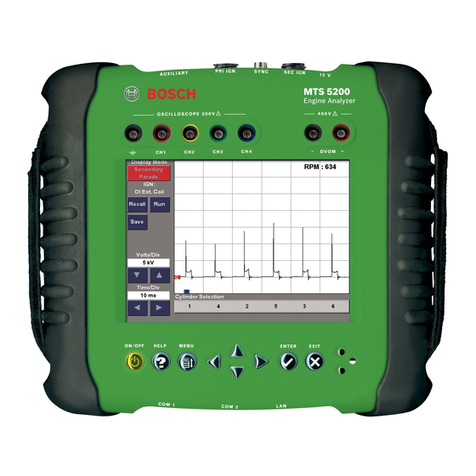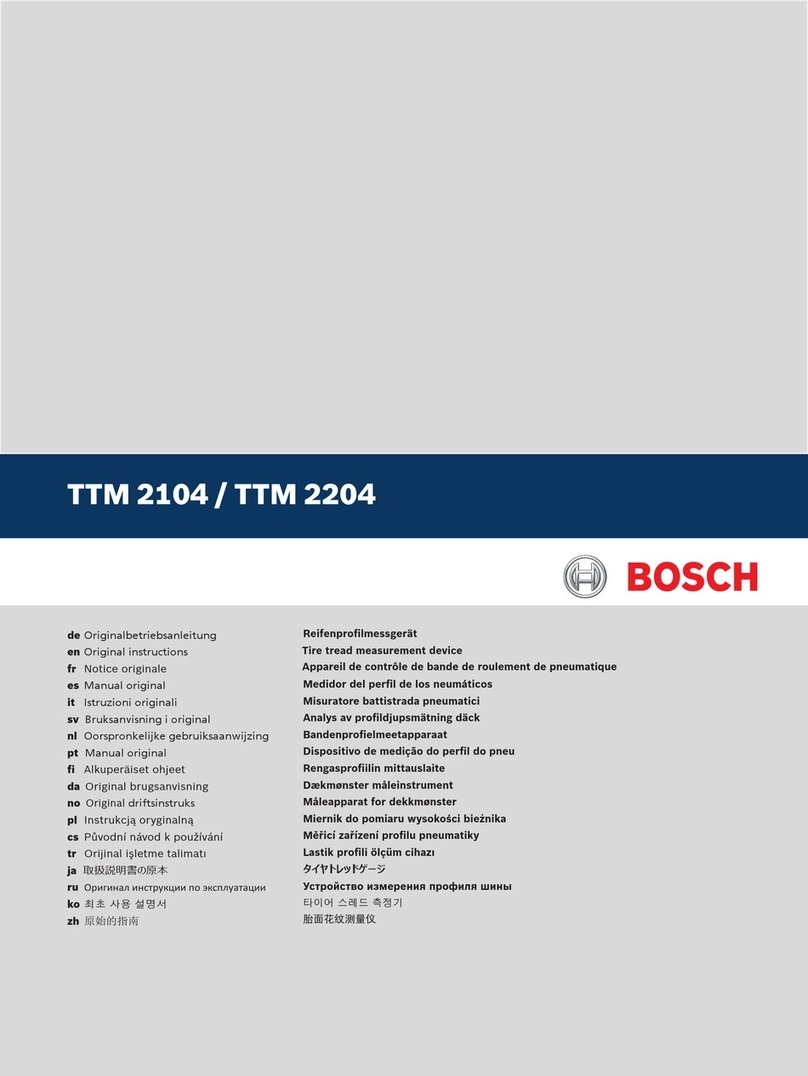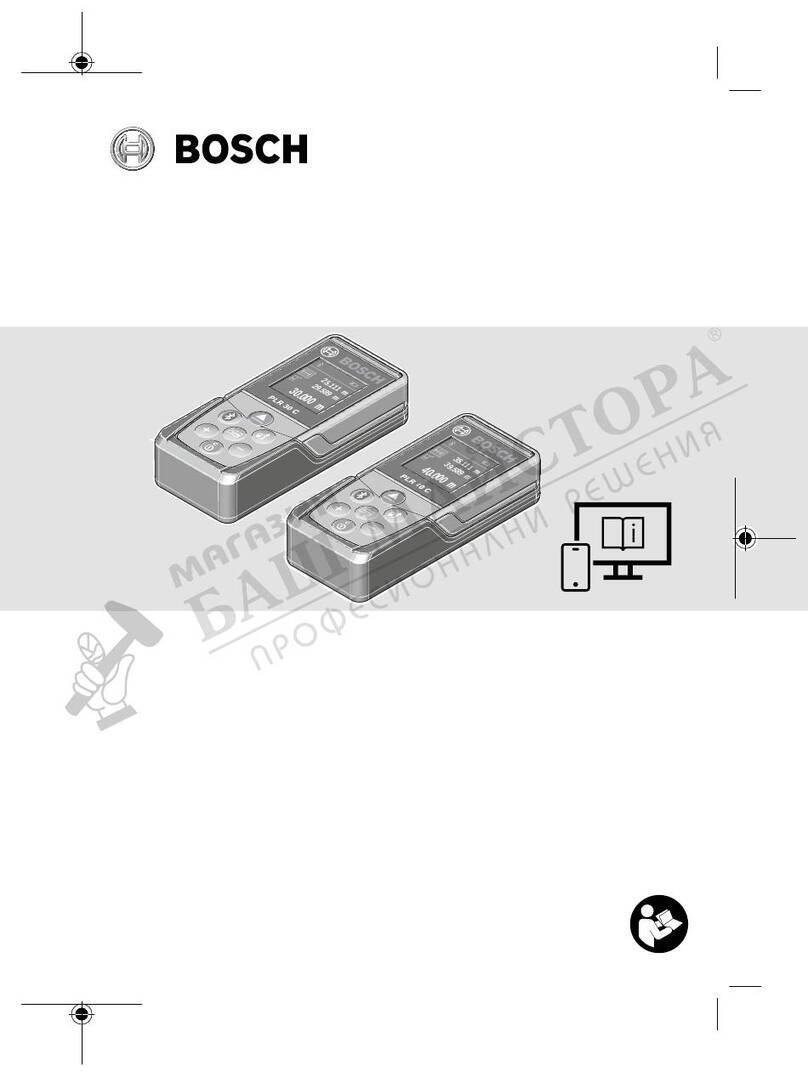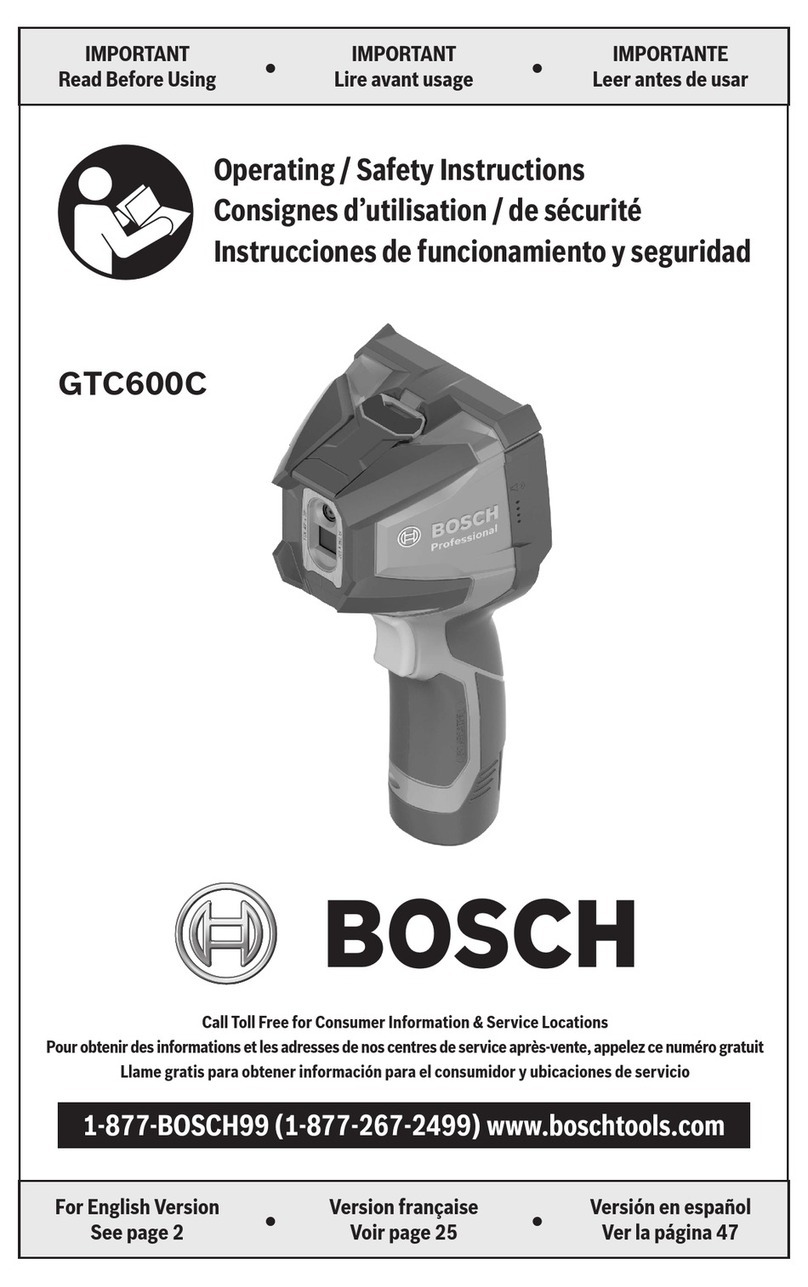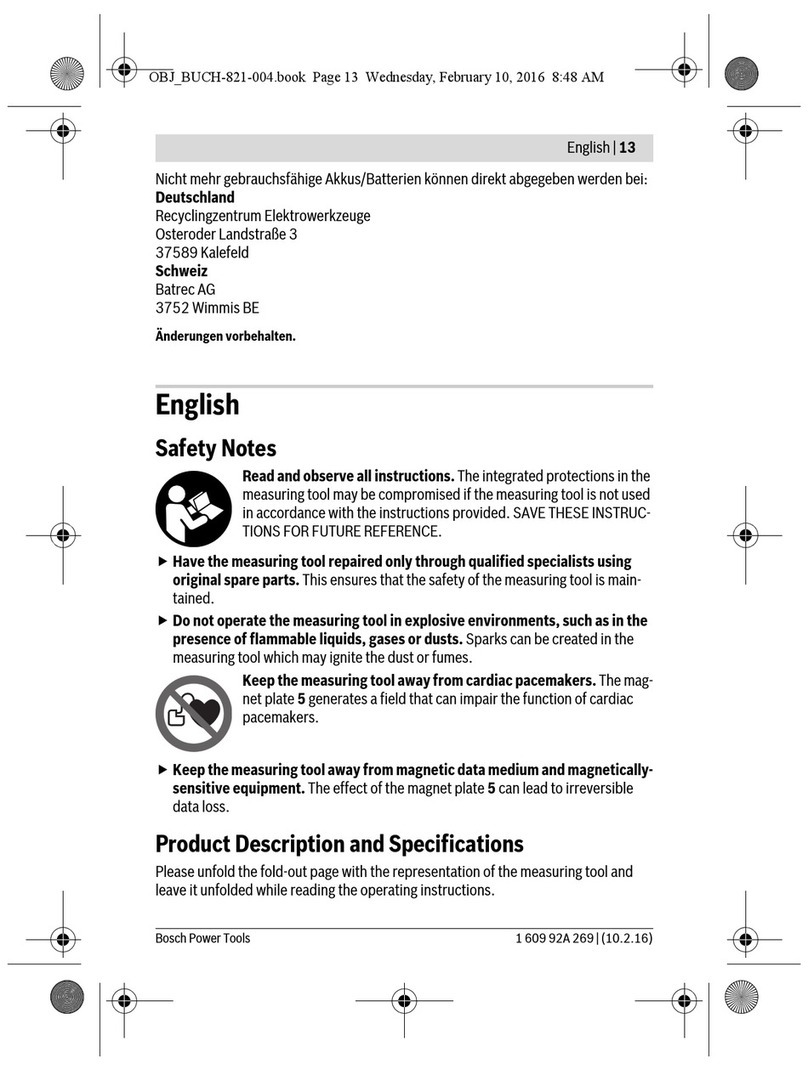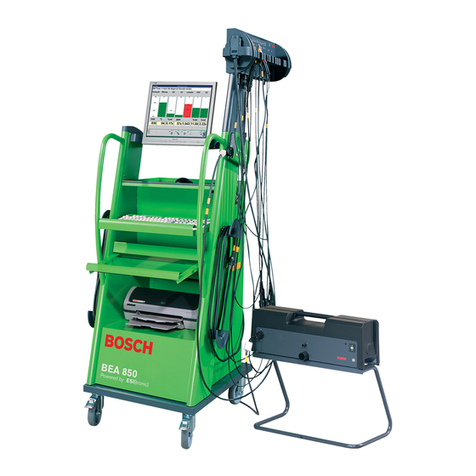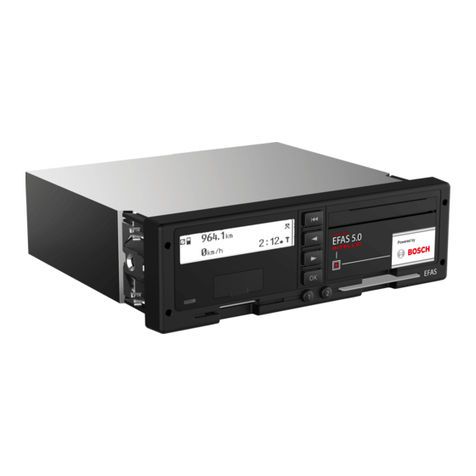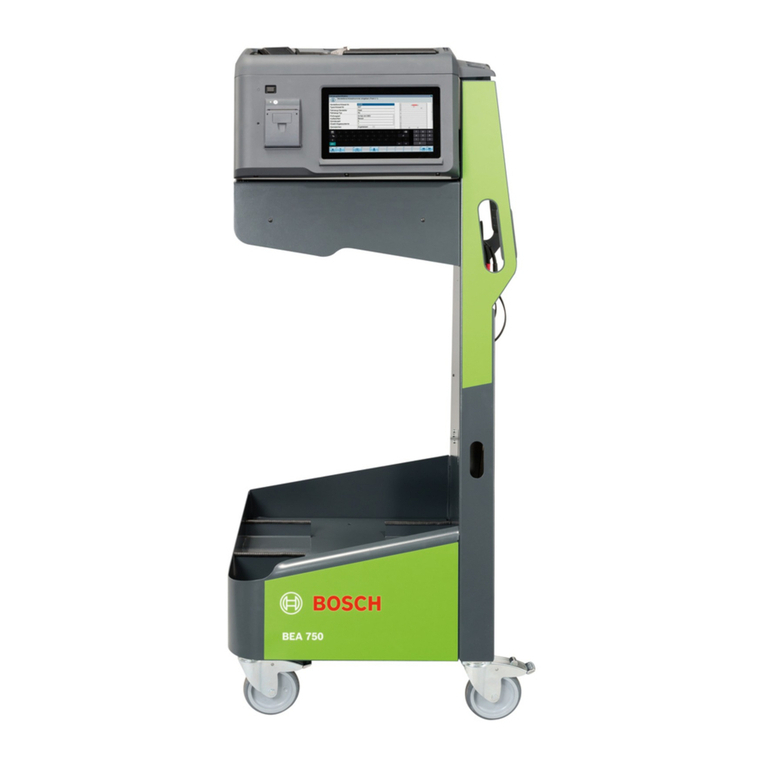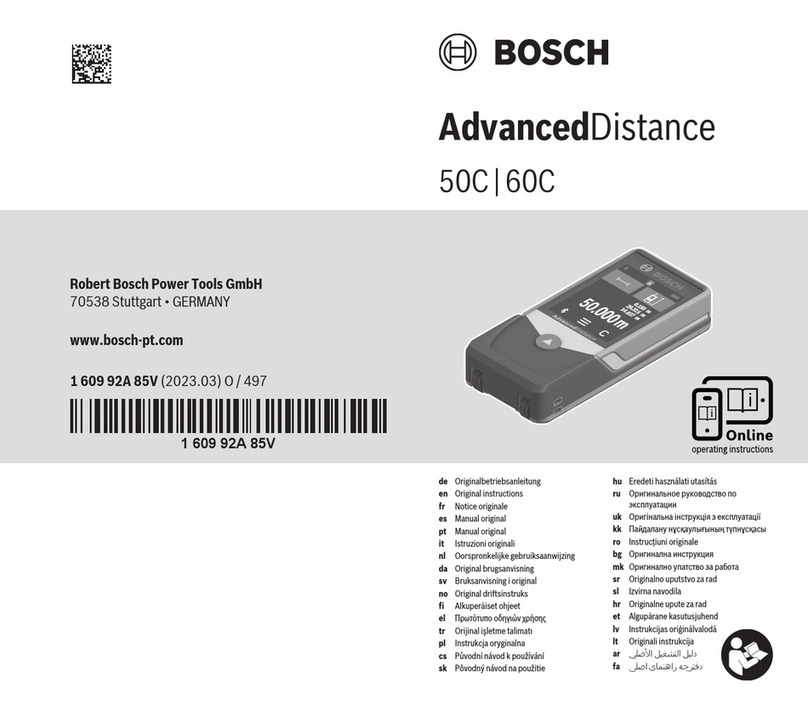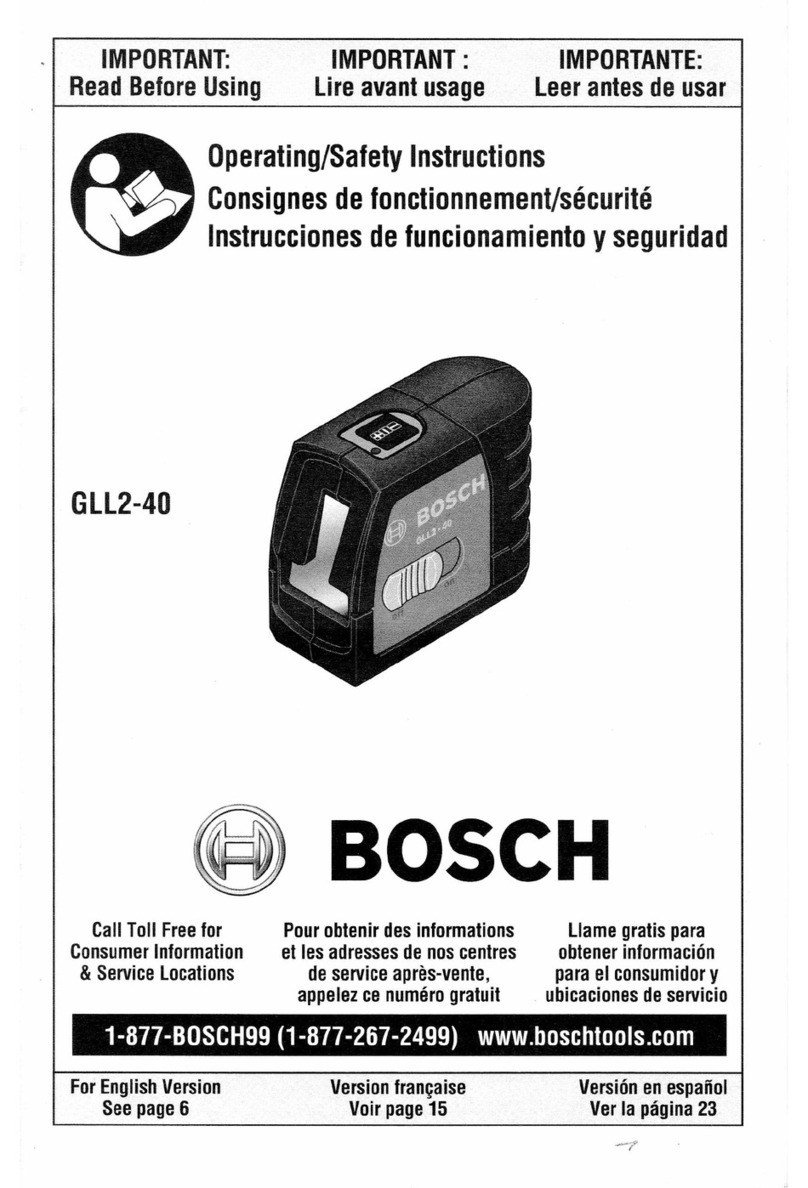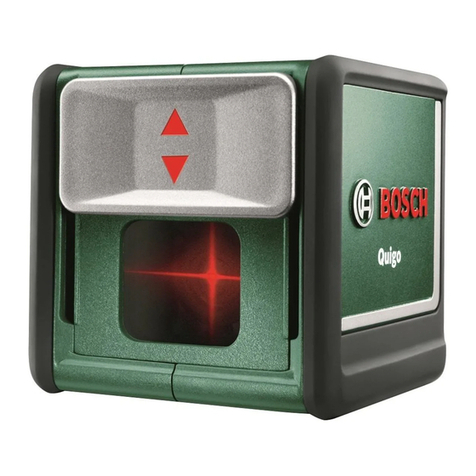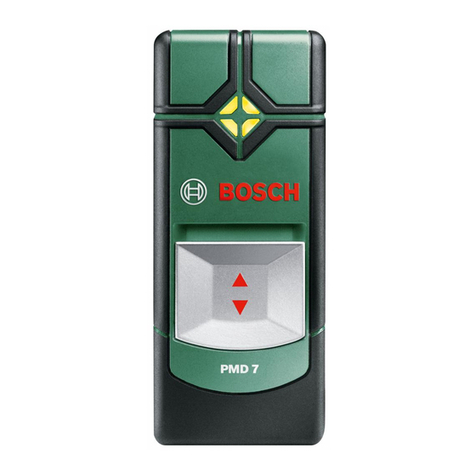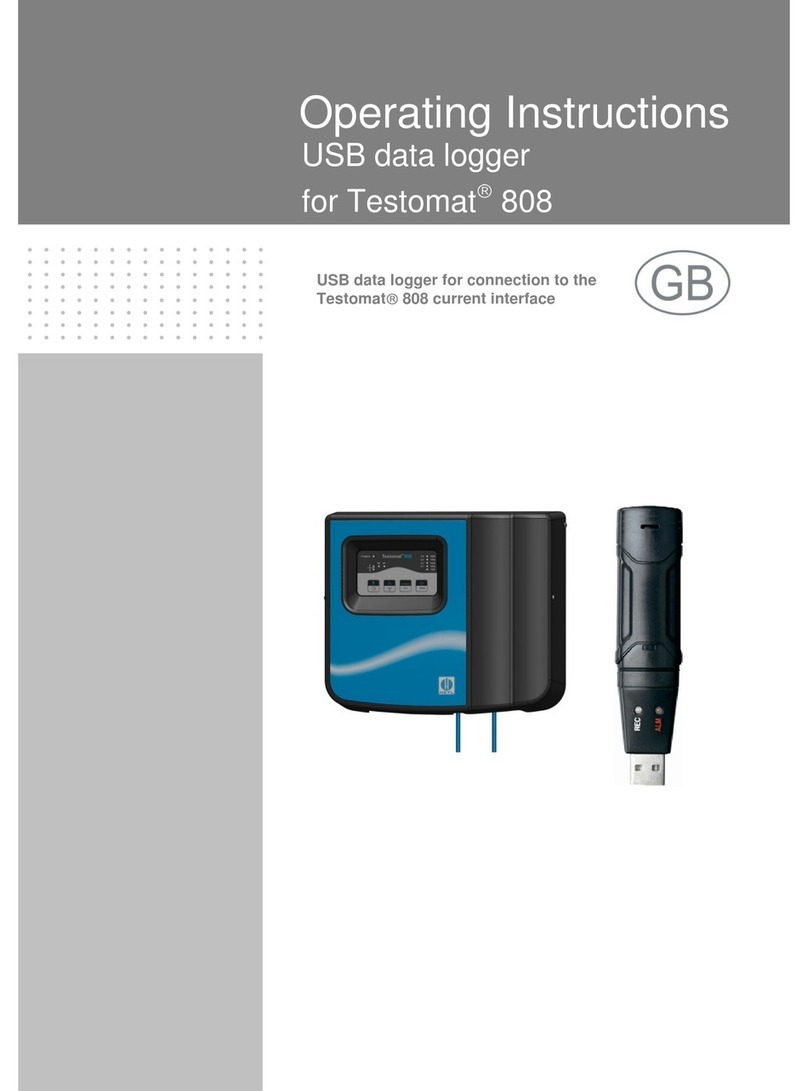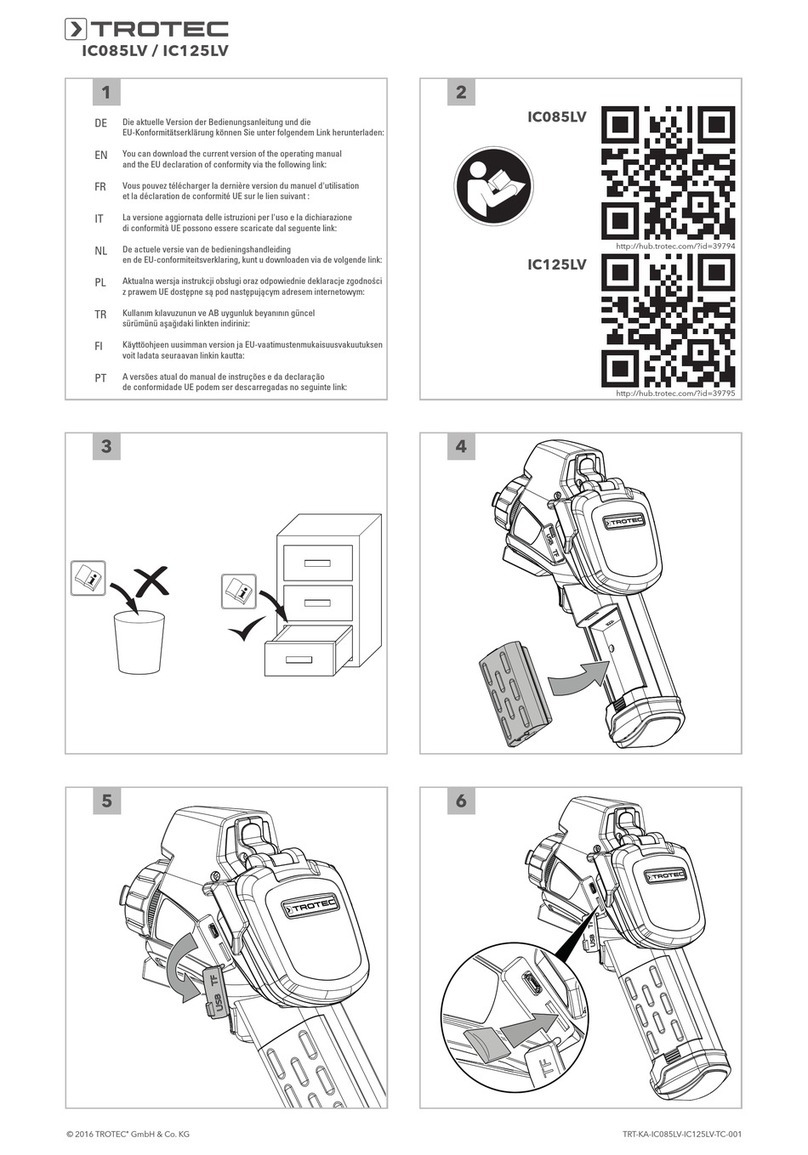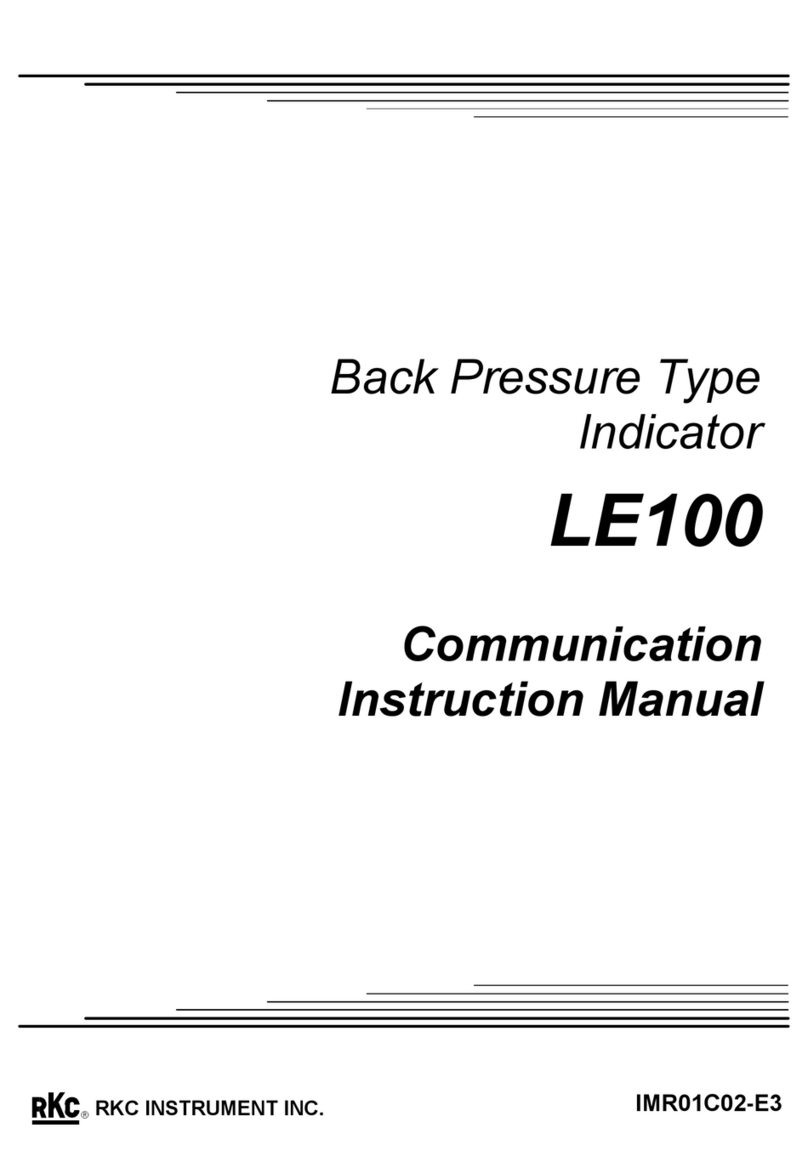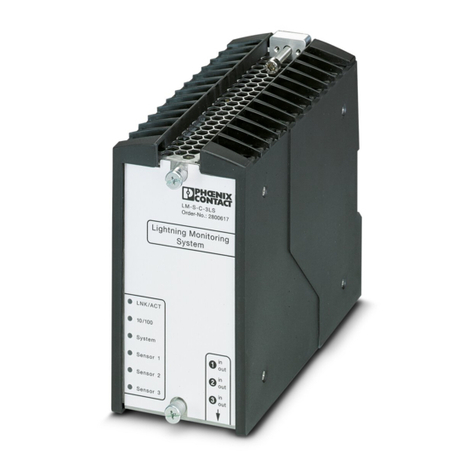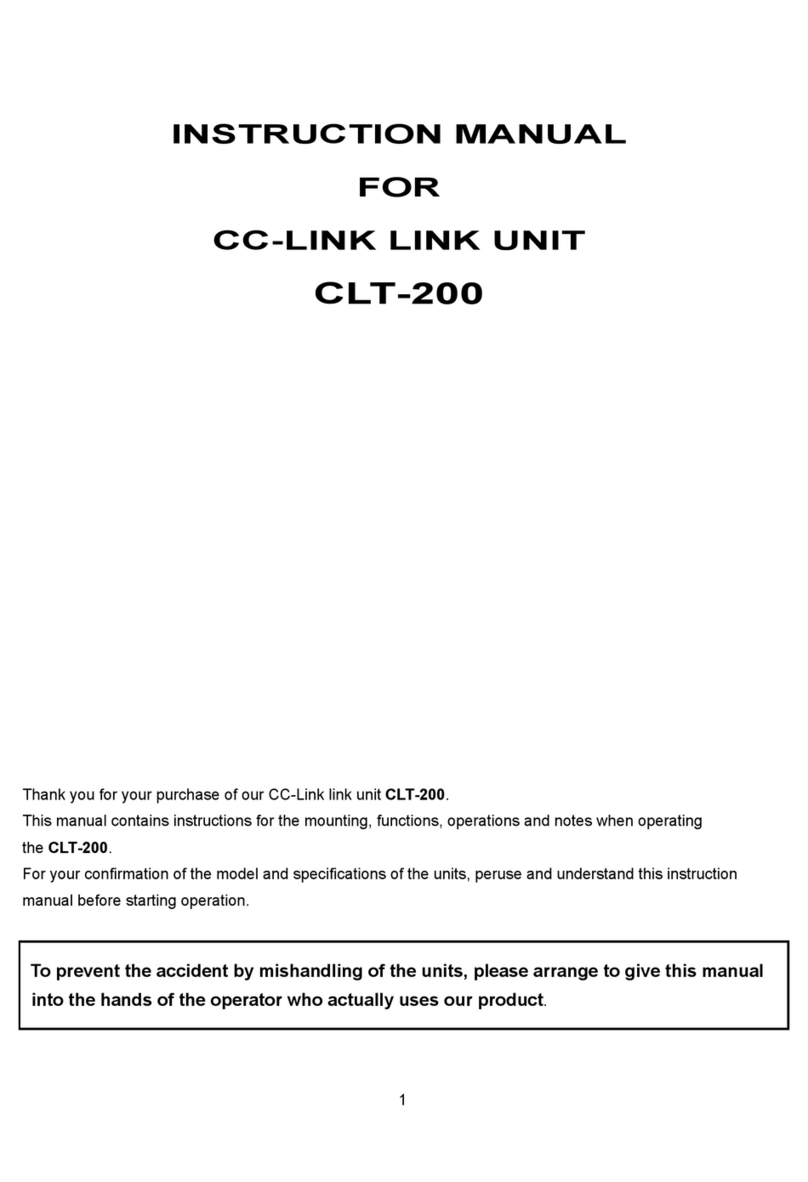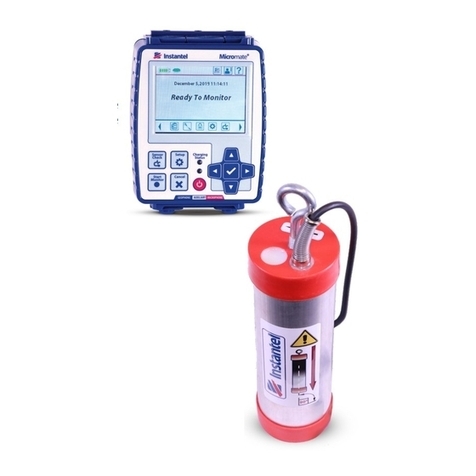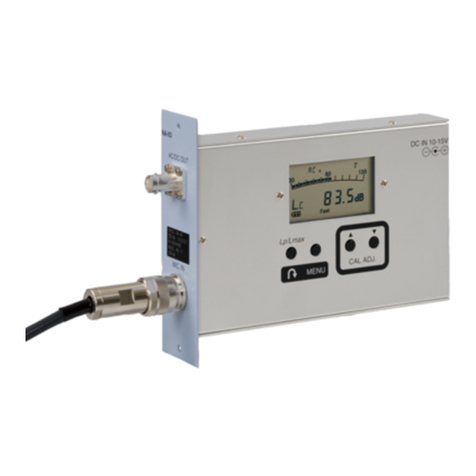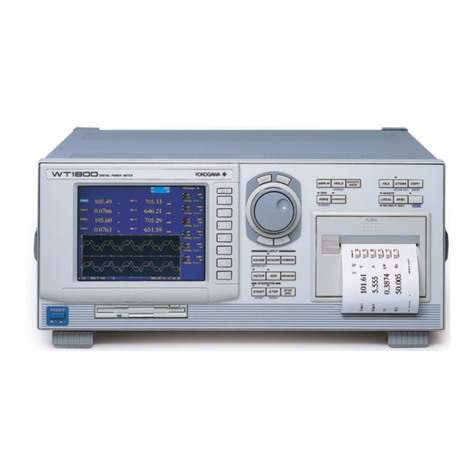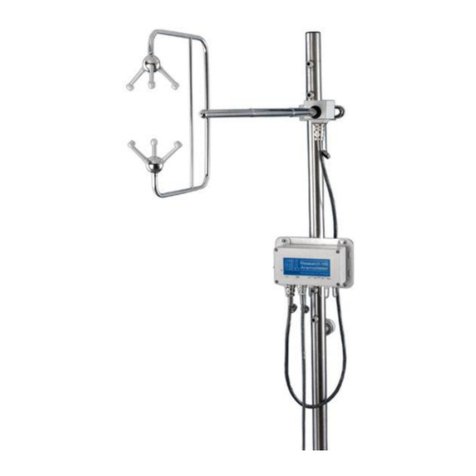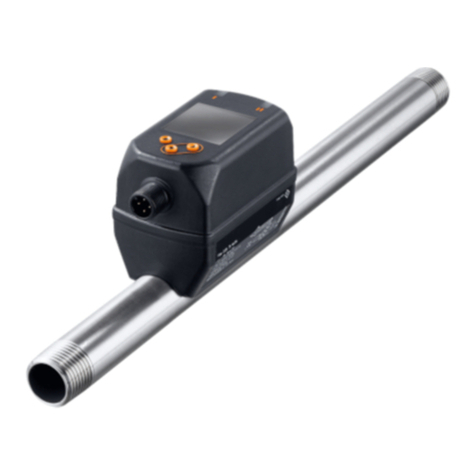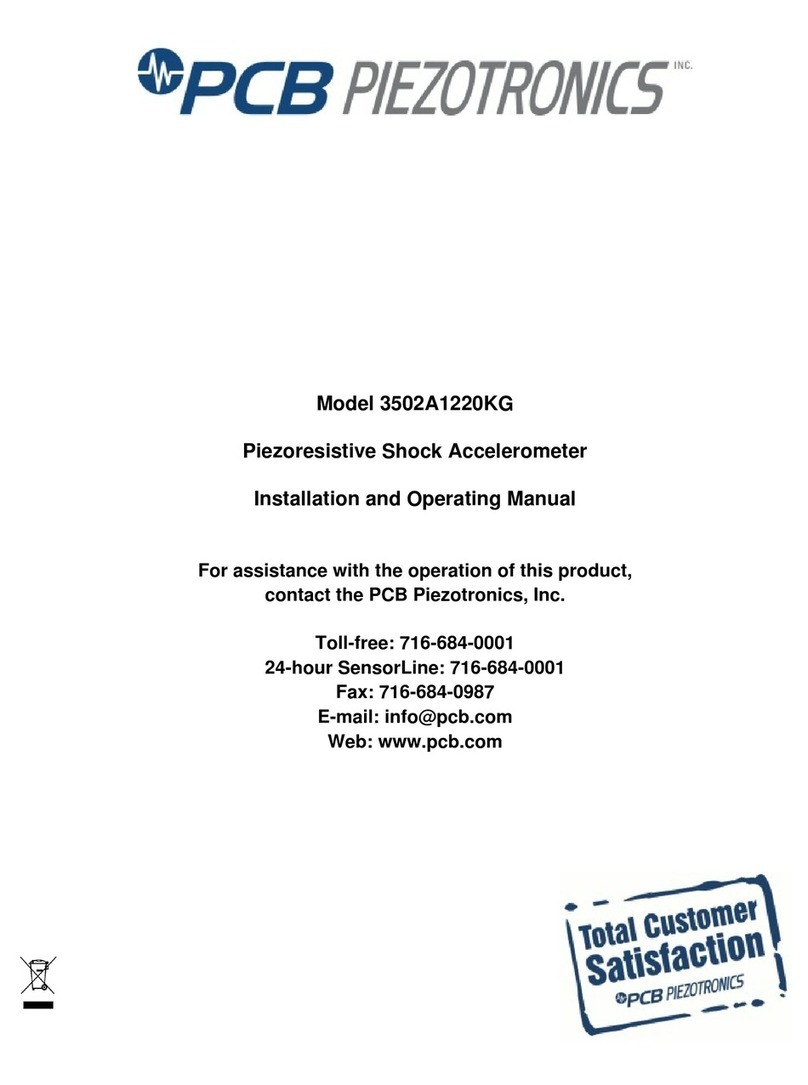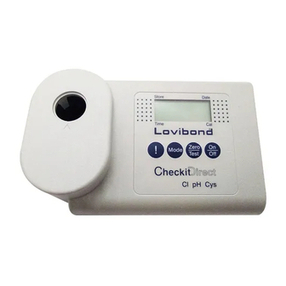14 | English
1 609 92A 0K5 | (11.4.14) Bosch Power Tools
emission degree) saved after switching off last. A meas-
urement is not started as yetand the laser is switched off.
– Switch the measuring tool on with the measuring button
4. After a short start-up sequence, the laser is switched on
and the measuring tool immediately starts a measurement
with the settings (operating mode, emission degree)
saved after switching off last.
Do not leave the switched-on measuring tool unattend-
ed and switch the measuring tool off after use. Other
persons could be blinded by the laser beam.
Do not point the laser beam at persons or animals and
do not look into the laser beam yourself, not even from
a large distance.
To save energy, the brightness of the display illumination is
reduced 30 seconds each time after pressing a button. After
pressing any button, the displayillumination is switched on
again at full brightness.
Toswitchthemeasuringtool off, press the On/Offbutton 13.
When no button on the measuring tool is pressed for approx.
4 minutes, the measuring tool automatically switches off to
save the batteries.
Preparing for Measurement
Setting the Emissivity Degree for Surface-temperature
Measurements
To determine the surface temperature, the natural infrared
heat radiation emitted by the object is measured contact-
free. For correct measurements, the emissivity degree set on
the measuring tool (see “Emissivity Degree”, page 16) must
bechecked andifrequired, adaptedto the object beingmeas-
ured prior to each measurement.
You can select between three emissivity degrees. The com-
monly used materials specified in the Table below are exem-
plary for selection of the emissivity degree to be used.
To change the emissivity degree, press the emissivity degree
button 14 until the appropriate emissivity degree for the next
measurement is indicated in display element g.
Correct surface-temperature indications are only pos-
siblewhen the setemissivity degree andtheemissivity
degree of the object correspond. Correct notes on ther-
mal bridges and the risk of mould thus also depend on the
set emissivity degree.
Measuring Surface for Surface-temperature Measure-
ments
The laser circle generated by the measuring tool indicates the
measuring surface; its infrared radiation is determined in the
course of the contact-free surface-temperature measure-
ment.
The centre laser point marks the centre of the measuring sur-
face. For optimal measuring results, align the measuring tool
in such a manner that the laser beam impinges perpendicular-
ly on this point of the measuring surface.
Do not point the laser beam at persons or animals and
do not look into the laser beam yourself, not even from
a large distance.
The size of the laser circle and thus of the measuring surface
increases withthe clearance between the measuring tool and
the object being measured. The optimal measuring distance
is 0.5 m to 1 m.
Do not hold the measuring tool directly against hot sur-
faces. The measuring tool can be damaged through heat.
The indicated measuring result is the mean value of the meas-
ured temperatures within the measuring surface.
Notes on the Measuring Conditions
Highly reflecting or transparent surfaces (e.g., shiny tiles,
stainless steel fronts or cooking pots) can affect the surface-
temperature measurement. If necessary, mask off the meas-
uring surface with a dark, matt tape that conducts heat well.
Allow the tape to briefly acclimatize to the surface.
On condition of the principle, taking measurements through
transparent materials is not possible.
The accuracy and reliability of the measuring results increase
with better and more stable measuring conditions.
The humidity and temperature sensor 1can become dam-
aged through chemical contaminants, such as through the
evaporation of paints or enamels. The infrared temperature
measurement is affected through smoke, steam or dusty air.
Therefore, ventilate the room before measuring, especially
when the air is contaminated or steamy. For example, do not
apply a measurement in the bathroom directly after shower-
ing.
Afterventilating,allowtheroomtoacclimatizeforawhile until
the usual temperature has been reached again.
Ambient temperature and relative humidity are measured di-
rectlyonthe measuringtool via the humidityand temperature
sensor 1. To achieve substantial results, do not hold the
measuring tool directly above or next to interference sources
such as radiators or open liquids. Make sure not to cover off
the sensor 1.
High emissivity degree: Concrete (dry), bricks
(red, coarse), sandstone (coarse), marble, roof-
ing felt, stucco (coarse), mortar, gypsum, par-
quet flooring (matt), flooring panels, PVC, car-
pet, wallpaper (patterned), tiles (matt), glass,
aluminium (anodised), enamel, wood, rubber,
ice
Medium emissivity degree: Granite, paving
stone,fibreboard,wallpaper(lightlypatterned),
varnish (dark), metal (matt), ceramic, leather
Low emissivity degree: Porcelain (white), var-
nish (light), cork, cotton
For the selected examples, an emissivity degree is indicated as follows:
– High emissivity degree: 0.95
– Medium emissivity degree: 0.85
– Low emissivity degree: 0.75
OBJ_DOKU-31220-002.fm Page 14 Friday, April 11, 2014 10:35 AM




















